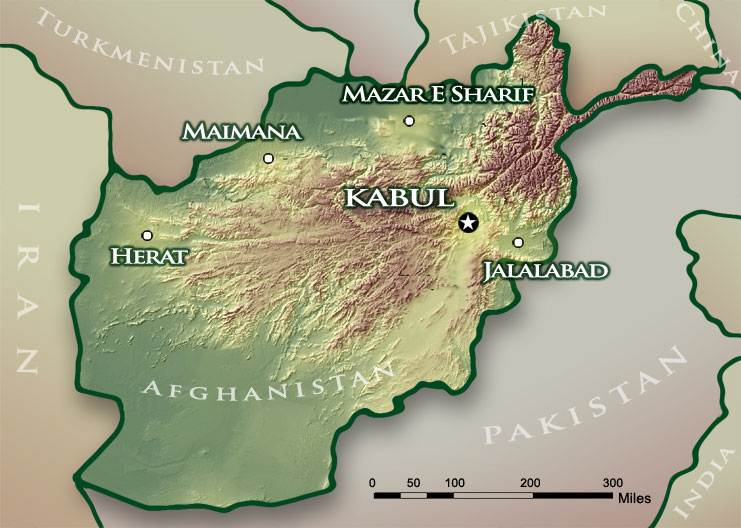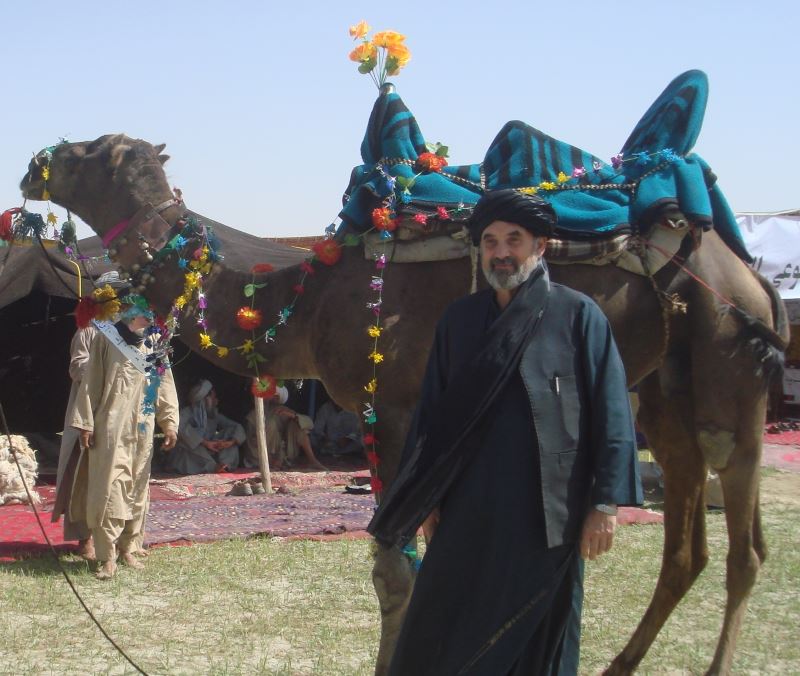Afghanistan has been the crossroads of Central Asia for well over two millennia. It is a multi-ethno-linguistic, complex ethnic-cultural polyglot of tribes and clans where doll making remains an important activity for many of the country’s women, who traditionally are not allowed out of their homes unless accompanied by a “mahram” or male relative, or have special permission. To pass away the idle time in their homes, these women resort to handcrafting dolls for their children, grandchildren or others. Now, under the Helmand Doll Project, there is the possibility to have these dolls handcrafted for commercial purposes.

THE REGION
WHO WE ARE
The idea for the Helmand Doll Project began while I was working in Lashkar-Gah, the provincial capital of Helmand Province, Southwestern Afghanistan, back in June 2007. While there, I asked if there was anything I could do to help the provincial women in what was then (and still now is) the world’s largest opium growing area in the world. It was at that time, while talking with the Director of the Helmand Women’s Centre, that I noticed some beautifully crafted ethnic dolls sitting in her display case. From there I had the idea that these wonderful, locally made dolls could be a way to help these women find employment outside of opium production and make their lives better.

